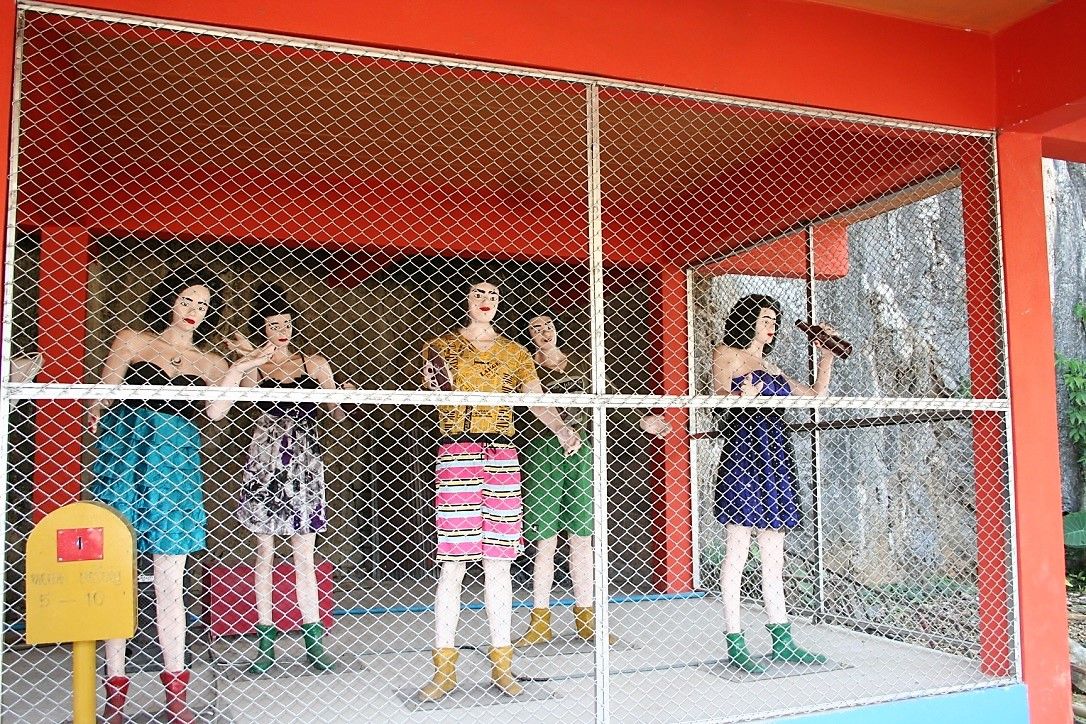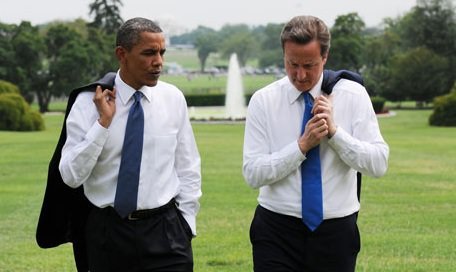Synchrony is a pretty unanimous feature of our universe. In the way the suns gravitational pull keeps its planets orbiting in perfect lock step, to the way a flock of gulls perform perfectly coordinated aerial acrobatics through the skies.

Synchrony is ever apparent form people to planets
We often move together in time too. We dance, sing, and play music in time with those around us (as seen in these uncanny valley-like robots in the Fish Cave Mae Sai we visited in Thailand).

We also rhythmically coordinate our movements, gestures, speech patterns, body language, breathing patterns, footsteps and even our brain waves, with each other, often without even knowing it.

There is a cosmic pull towards synchrony, and synchrony can pull us too. Moving in synchrony has been shown to have a plethora of social consequences. Which might help explain why people often feel a sense of collective euphoria and connection after swaying or jumping in time with the crowd at a concert. Or one’s sense of identity and social cognition can be diluted or lost in that of the crowds at a rally or march.

Moving in time with each other can increase liking, cohesion, rapport, cooperation, trust and entitativity between co-actors. For example it has been shown that after singing and waving cups in time with one another, people rate each other in more positive ways and cooperate more in economic games, even if such cooperation comes at a real financial sacrifice to them (1)
Moving together has even been shown to leave people more susceptible to the whims and demands of those who have aligned there movements in space and time with our own. Which includes being more likely to kill bugs if such a request comes from some we have previously walked in step with (2)

If how or why the way we move with each other influences our social cognitions or behaviour interests you, or you’d like to know how else the way in which we move with each other, moves us, be sure to follow us for our future posts where we will discuss some key findings in this field, including a paper we recently published showing how just asking imaging moving together can affect how close, likeable and attractive we perceive each other to be (3).
If you’ve found anything we have said interesting in any way , please upvote, follow, resteem and any questions, suggestions, criticisms things we missed are very welcome in the comments. We will try and respond to any questions/comments as soon as we can.
1 - https://scholar.google.co.uk/scholar?hl=en&as_sdt=0%2C5&q=wiltermuth+and+heath+2009&btnG=
2- http://www.tandfonline.com/doi/abs/10.1080/15534510.2012.658653
3- https://www.frontiersin.org/articles/10.3389/fpsyg.2017.01798/full
Super interesting. Are there theories on the neural mechanisms of these synchrony-related changes in behavior? I wonder how these findings could be used to improve collaborative decision-making. Maybe we need our politicians learning dance routines together before debate.
I like this line: "We also rhythmically coordinate our movements, gestures, speech patterns, body language, breathing patterns, footsteps and even our brain waves, with each other, often without even knowing it."
I actually teach this (mirroring) in my social cognition groups for people with serious mental illness. It's amazing the ways people physically mirror each other without even trying!
Downvoting a post can decrease pending rewards and make it less visible. Common reasons:
Submit
Oop, one more thing -- make sure you give credit to where you are finding these photos online, unless you took them yourself!
Downvoting a post can decrease pending rewards and make it less visible. Common reasons:
Submit